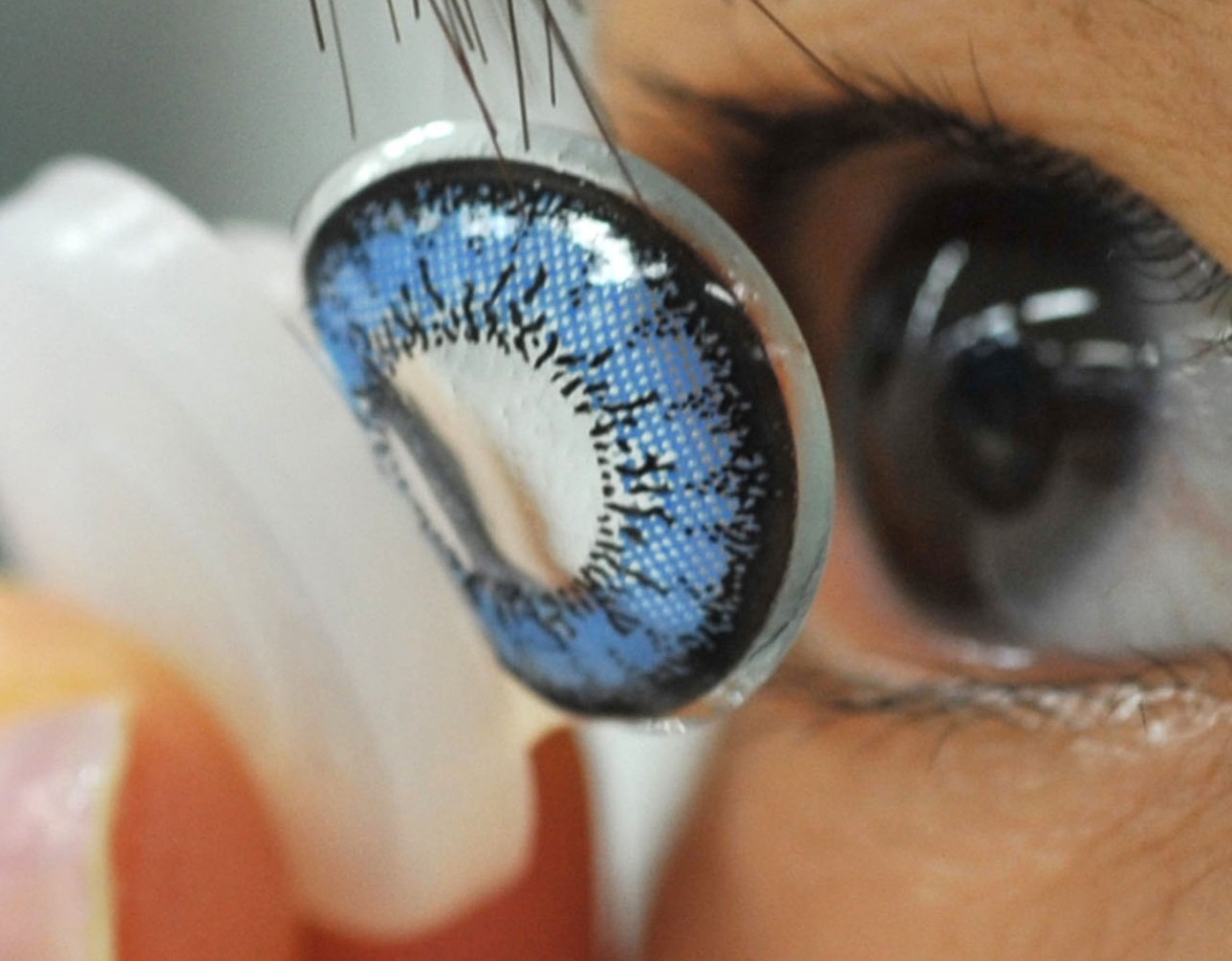Prescription glasses and contact lenses are more alike than you think. Both of them have similar functions but they are still somehow different in their own way. Similar to prescription glasses, contact lenses are made with lens power that corrects these eye conditions namely myopia (near-sightedness), hyperopia (farsightedness), and astigmatism. It is common to require two different types of prescription if you plan to alternate between glasses and contact lenses. Curious about the differences between prescription contact lenses and glasses? Keep scrolling to learn if contact lens prescriptions are the same as glasses.
Table of contents
Estimated reading time: 4 minutes
Comparing Prescription Contact Lenses and Glasses
The Common Measurement Between Glasses and the Eyes Should be 12mm
As previously mentioned, prescription contact lenses and glasses are not exactly the same. They do, however, serve the same purpose of correcting the vision.
Glasses are commonly positioned about 12 millimeters away from the eyes, whereas contact lenses rest directly on the surface of the eyes. The main reason why there is a difference between the two is because of how they work to give you the best vision possible.
Proper Eye Test & Contact Lens Fitting is Absolutely Essential
Prescription contact lenses contain additional specifications that are not included in glasses. The additional specifications are determined once a comprehensive eye test and proper contact lens fitting are conducted.
Your preferred optician must also have access to your past prescriptions. They must evaluate the fit of your current lenses in order to suit the size of your eyes. These may seem like mundane information but they do play a role in giving your eyes what they need.
Basic Factors About Prescription Glasses and Contact Lenses
As a user who requires prescription glasses or contact lenses, it is important to know the basic structures of each item. Well, fret not because we are here to help you out.
About Prescription Glasses
The characteristics of prescription glasses are as follow:
- Sphere – It indicates the vision power of the lens
- Cylinder – Clearly specifies the strength of any level of astigmatism
- Axis – It shows the orientation of the cylinder
- Multifocal Lenses – It is an optional addition that indicates additional positive power which enables the eyes to focus better when seeing things at a closer proximity.
About Prescription Contact Lenses
Prescription contact lenses contain the following features:
- Base Curve – It is based on the shape of your cornea and it produces a perfect contact lens fitting that is not too loose or too tight.
- Diameter – This element specifies the overall size of the lens and determines how the lens fits. The diameter of a contact lens can range anywhere between 13.5mm to 14.5mm.
- Expiration date – Normally, permanent and customized contact lenses can last up to one year. Once it expires, best to revisit your preferred optician for a full eye check-up. This will ensure that your eyes are in good shape before you purchase brand new lenses.
- Material – The particular brand and material must be specified in the contact lenses’ prescription details. Materials used come with a specific degree of oxygen permeability, also known as breathability. This is important if you plan to extend the usage of your contact lens.
Conclusion
Not everyone who need prescription glasses can opt for contact lenses. Certain conditions such as dry eyes or even blepharitis can make it uncomfortable or unsafe to put on contact lenses. Even without any pre-existing eye conditions, people naturally have sensitive corneas and may find it difficult to adapt to using contact lenses.
So, whatever it is, be sure to do a full product research before choosing between glasses or contact lenses as a long term eyesight solution. Consider all pros and cons so that you are able to make an informed decision.
By the way, are you looking for prescription contact lenses?
Read More:

